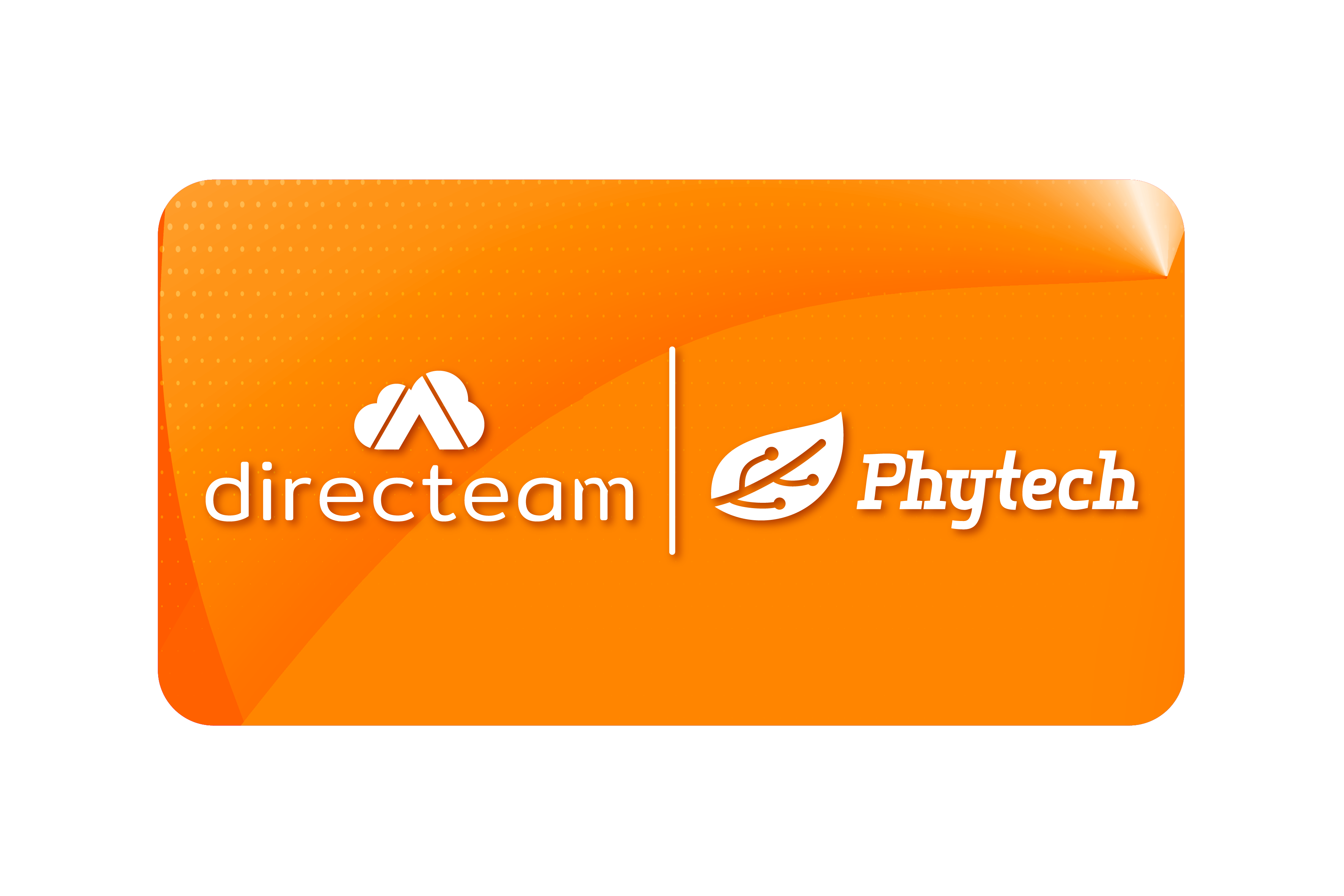How Directeam helped Phytech shift to a GitOps CI/CD methodology and enabled their rapid business growth on AWS.

Meet Phytech
Phytech is a leading company in the AgTech space, specializing in precision irrigation solutions for various crops. They leverage Internet of Things (IoT) technology and plant-based sensors to collect real-time data on plant health and environmental conditions. This data is then analyzed by algorithms and translated into actionable insights for growers.
With extensive years of research and field experience, thousands of Phytech systems serve leading customers worldwide, helping them to achieve higher yields while minimizing the use of resources, lowering cultivation costs, and protecting the environment.
The Challenge: No CI/CD processes limited scale, agility, and business growth
Phytech was experiencing massive and rapid customer growth but faced a critical technical bottleneck: no CI/CD processes to support it. Every step in the development process, from building and testing to staging and production, was handled manually and individually, resulting in:
- Long release cycles: Manually triggered deployments to Dev and Prod environments created delays, limiting innovation and responsiveness.
- Development roadblocks: The absence of automated testing slowed down feedback loops and overall development progress.
- Microservice hurdles: Adding new microservices became time-consuming due to the manual processes in place.Phytech had no control or visibility over their deployments and infrastructure scale when they ran their workloads on Heroku, a legacy PaaS (Platform as a Service) they had been using since the beginning.Phytech required a solution to overcome these limitations and achieve the following:
- Faster releases: Reduce release cycles to hours, enabling faster innovation and improved customer satisfaction with new fixes and feature releases.
- Enhanced development: Implement automated testing for faster feedback loops and streamlined development processes.
- Microservice agility: Facilitate the swift and efficient adoption of new microservices to support their growing demands.
- Scalable infrastructure: Implement an automated and flexible scaling system to accommodate increasing peaks in demand effortlessly.
- Infrastructure standardization: Without GitOps and a single source of truth, configurations drift, leading to unpredictable infrastructure behavior and downtime.
- Modernized technology stack: Leverage modern cloud technology and best practices to optimize development and operational processes.Phytech was running their applications on Heroku, limiting their abilities to scale and grow to the standard they were striving for. By partnering with Directeam, Phytech could implement modern technologies that would elevate their application, infrastructure, and team efficiency.
Directeam’s Solution: Streamlined CI/CD and GitOps on AWS.
After selecting Directeam as their go-to partner for this project, the solution offered comprised several layers and methodologies:
- Migration to AWS: Directeam’s first step was to migrate Phytech’s workloads from Heroku to a robust and scalable AWS cloud environment, laying the foundations for easy scaling and growth. Migrating their workloads to AWS EKS would provide Phytech with the visibility and control required to manage and scale the underlying infrastructure of their containers.
- To streamline application management across environments, Directeam leveraged Helm charts and built reusable Helm charts encompassing deployments, CronJobs, and all other Kubernetes constructs, catering to all of Phytech’s application types. This standardized approach ensured consistency, simplified deployments, and minimized configuration errors. Helm charts also enabled Phytech to easily manage application lifecycles, including upgrades and rollbacks.
- Just-in-time CI/CD: Streamlined releases with automated build, test, and deployment pipelines powered by GitHub Actions, eliminating manual delays. Every deployment configuration is saved in a Git repository as code and serves as the single source of truth for their environment.
- GitOps with ArgoCD: Ensured infrastructure consistency and automated deployments using version control and declarative configurations in ArgoCD across all four cloud environments (Development, QA, Production, and Staging). Every code change that was committed triggered an automatic deployment of new container images.
- Automated Testing: Integrated automated unit testing (QA tests) into the CI/CD pipeline, enhancing code quality and accelerating development cycles, which was not possible before implementing a GitOps methodology.
- High Availability: Deployed workloads across multiple availability zones, ensuring system resilience and minimizing downtime and outage risks.
By focusing on automation, continuous delivery, and modern cloud infrastructure, Phytech is now equipped to scale with confidence, innovate rapidly, and deliver value faster to its customer base.
The Results
Phytech’s technological transformation brought them immediate and remarkable results:
- Implementing a streamlined CI/CD methodology with GitHub Actions now delivers software releases in hours instead of days, accelerating their time to market.
- Automated unit testing within the pipeline ensures code quality and enables developers to ship and test their code easily before deployment to production.
- With GitOps, developers receive immediate feedback on their developments, allowing them to promptly fix bugs and misconfigurations, rather than waiting for them to be discovered in production weeks or months later.
- Leveraging GitOps with ArgoCD has simplified the adoption of new microservices, making Phytech more adaptable to evolving customer needs.
- Although cost optimization was not a formal KPI for the project, implementing Keda and Spot Ocean led to more efficient resource allocation for optimal cluster utilization, thereby reducing overall infrastructure costs by approximately 40%.
- For high availability, Phytech deployed their application across multiple availability zones, minimizing downtime risks and guaranteeing system uptime, even during peak usage.


